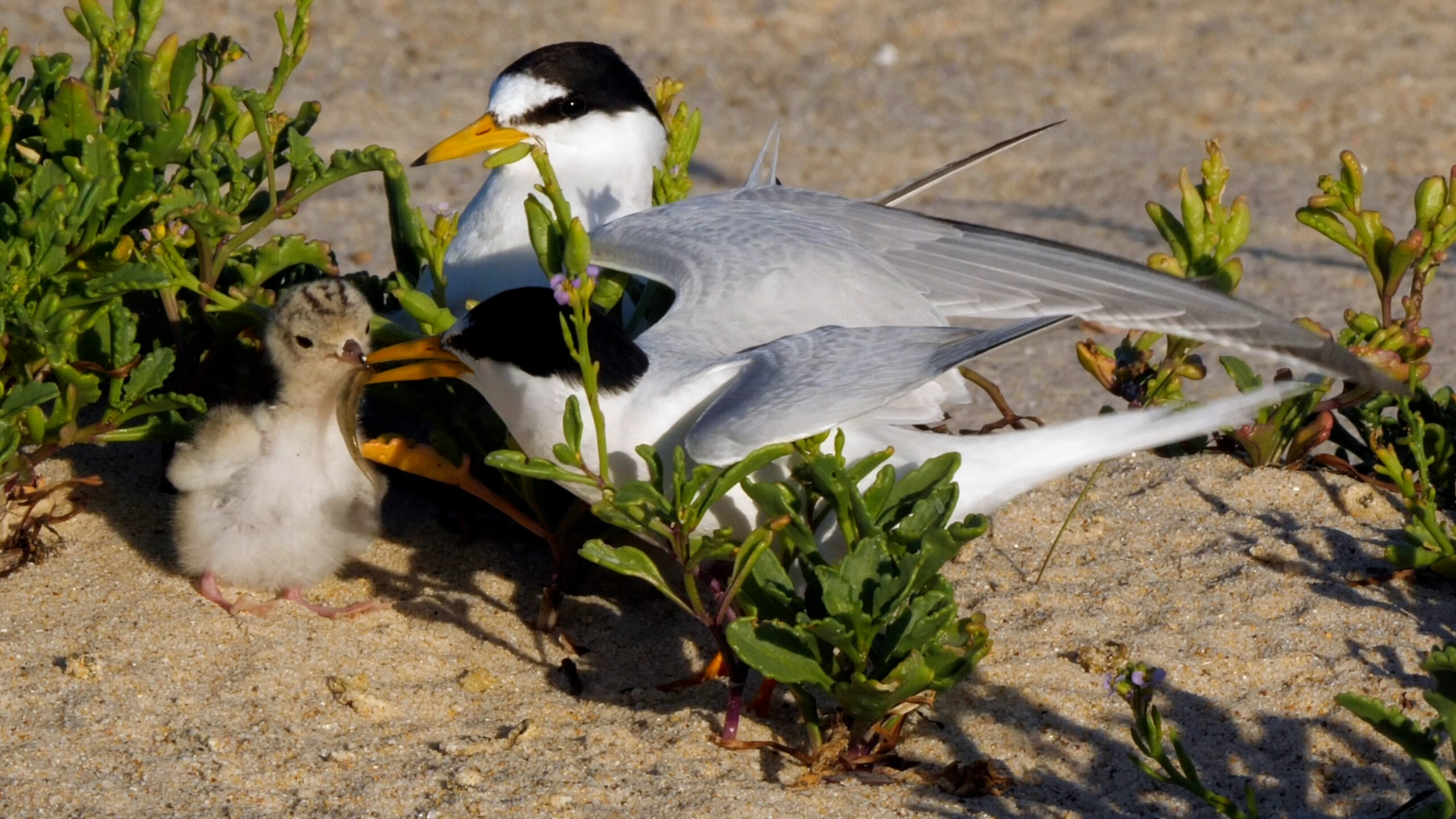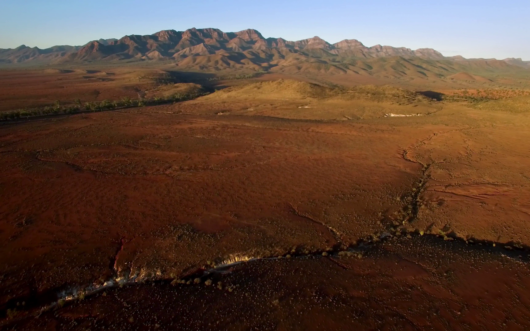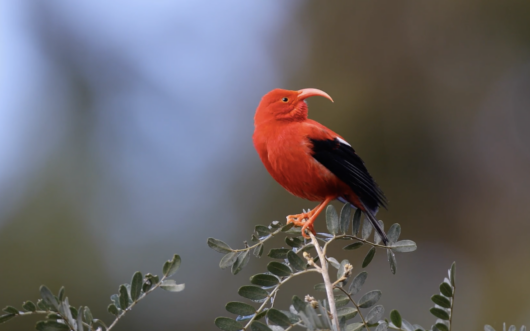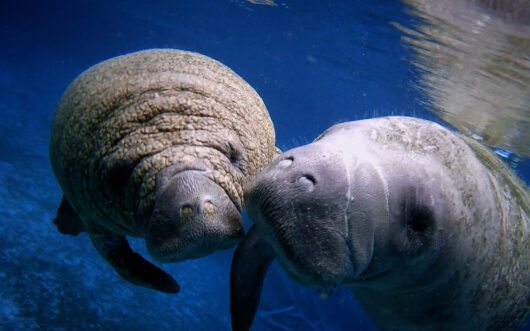Bring biodiversity, birds, and community science into your classroom.
Explore how the scientists from the Maui Nui Seabird Recovery Project are working to save populations of declining shearwater seabirds. This educator guide supports classroom discussion, NGSS-aligned learning, and hands-on opportunities for student engagement.
GRADES
9 – 12+
SUBJECTS
Biology, Storytelling, Ecology
Episode Overview
“Before humans came here, there were so many seabirds that they would blacken the skies.” – Jay Penniman, Ecologist
Seabird Sanctuary chronicles the efforts of ecologists from the Maui Nui Seabird Recovery Project to help recover several populations of declining shearwater seabirds. This effort includes eliminating invasive predators, restoring native plants, and monitoring burrows for fledgling success. Through their hopeful efforts, the team is giving seabirds a chance to raise the next generation on the very islands they helped bring to life.
Focus Questions
- What are the general steps of primary ecological succession and what role might seabirds play in helping life take hold on newly formed land like volcanic islands?
- In what ways do introduced invasive plant and animal species affect native species, especially on islands?
- Most seabirds breed on land but feed in saltwater. How did this dual life history strategy lead to their millions of years of success while also presenting a challenge to seabird survival?
- What are some strategies for reversing the decline of seabird populations across the globe?
Key Concepts
- Threatened and Endangered Species: The International Union for the Conservation of Nature (IUCN) lists more than 44,000 species threatened with extinction, which includes almost half of the world’s 346 seabird species.
- Ecological succession: The volcanic Hawaiian Islands have continually undergone the process of primary ecological succession where plants and animals first colonize a lifeless and barren landscape like that of new volcanic rock. The rate and sequence of this process has been dependent in large part on the deposition of ocean-derived nutrients from the guano of seabirds.
- Ecosystem engineers: By modulating nutrient availability in the terrestrial component of their ecosystems as well as building nest burrows seabirds chemically and physically engineer their nesting habitats and control the types of plants and animals that can live there.
- Biodiversity: The nesting activity of shearwaters disrupts the landscape in a way that makes it difficult for some plants to grow in the burrow-pocked landscape of nesting sites, so plant diversity is actually lower in nesting habitats than non nesting areas. However, seabird activity can also encourage the competitive and overbearing presence of invasive exotic plant species that crowd out important endemic species.
- Introduced (exotic) invasive species: One of the key threats to biodiversity and ecosystem function is the movement of species by humans to locations other than their historical geographic ranges. For example, scientists estimate that of all the world’s vascular plant species 3.9% have been introduced by humans. Since humans began arriving on the islands, they brought with them both plant and animal species from the mainland that wreak havoc on endemic species through competition for resources and predation.
- Restoration ecology: Centuries of unsustainable human activities have degraded the Earth’s terrestrial, freshwater, and marine ecosystems. Restoration ecology is focused on reversing this degradation by restoring natural habitats and processes. An example of this approach illustrated in Seabird Sanctuary is on the island of Maui where volunteers and researchers have transformed land that had been previously used for cattle grazing into a safe nesting site for seabirds.
- Conservation biology: The practice of conservation biology recognizes the intrinsic value of the Earth’s natural diversity of organisms. Conservation biology works to understand how the natural world operates, how humans affect nature, and how we can use collective scientific and cultural knowledge to conserve Earth’s biological diversity.
Curriculum Connections
NGSS
- HS-LS2 Ecosystems: Interactions, Energy, and Dynamics
- LS2.A: Interdependent Relationships in Ecosystems
- LS2.B: Cycles of Matter and Energy Transfer in Ecosystems
- LS2.C: Ecosystem Dynamics, Functioning, and Resilience
- LS2.D: Social Interactions and Group Behavior
- LS4.D: Biodiversity and Humans
- PS3.D: Energy in Chemical Processes
- HS-LS4 Biological Evolution: Unity and Diversity
- LS4.C: Adaptation
- ETS1.B: Developing Possible Solutions
For complete list of curriculum connections including AP & IB standards, refer to full PDF.




